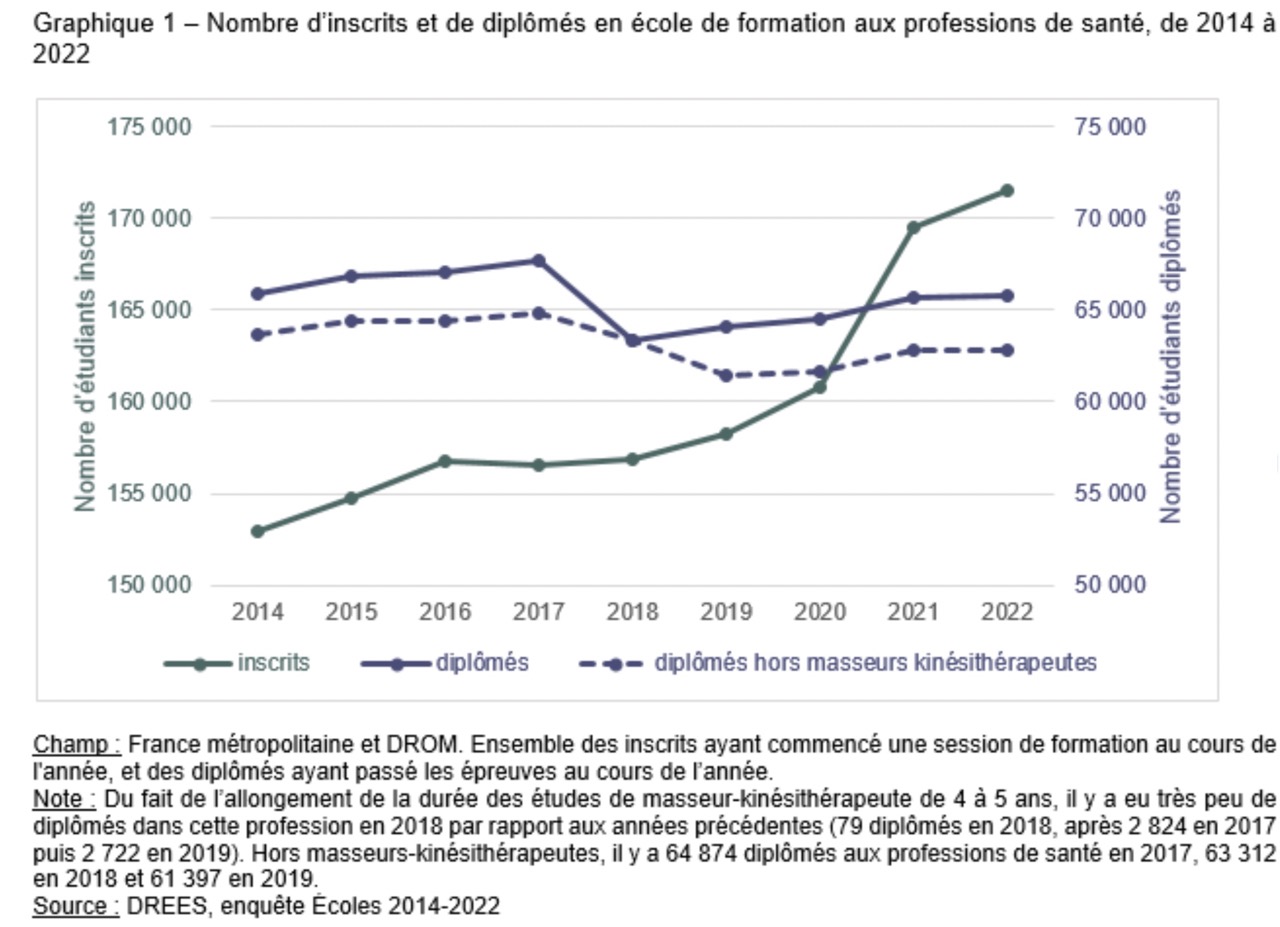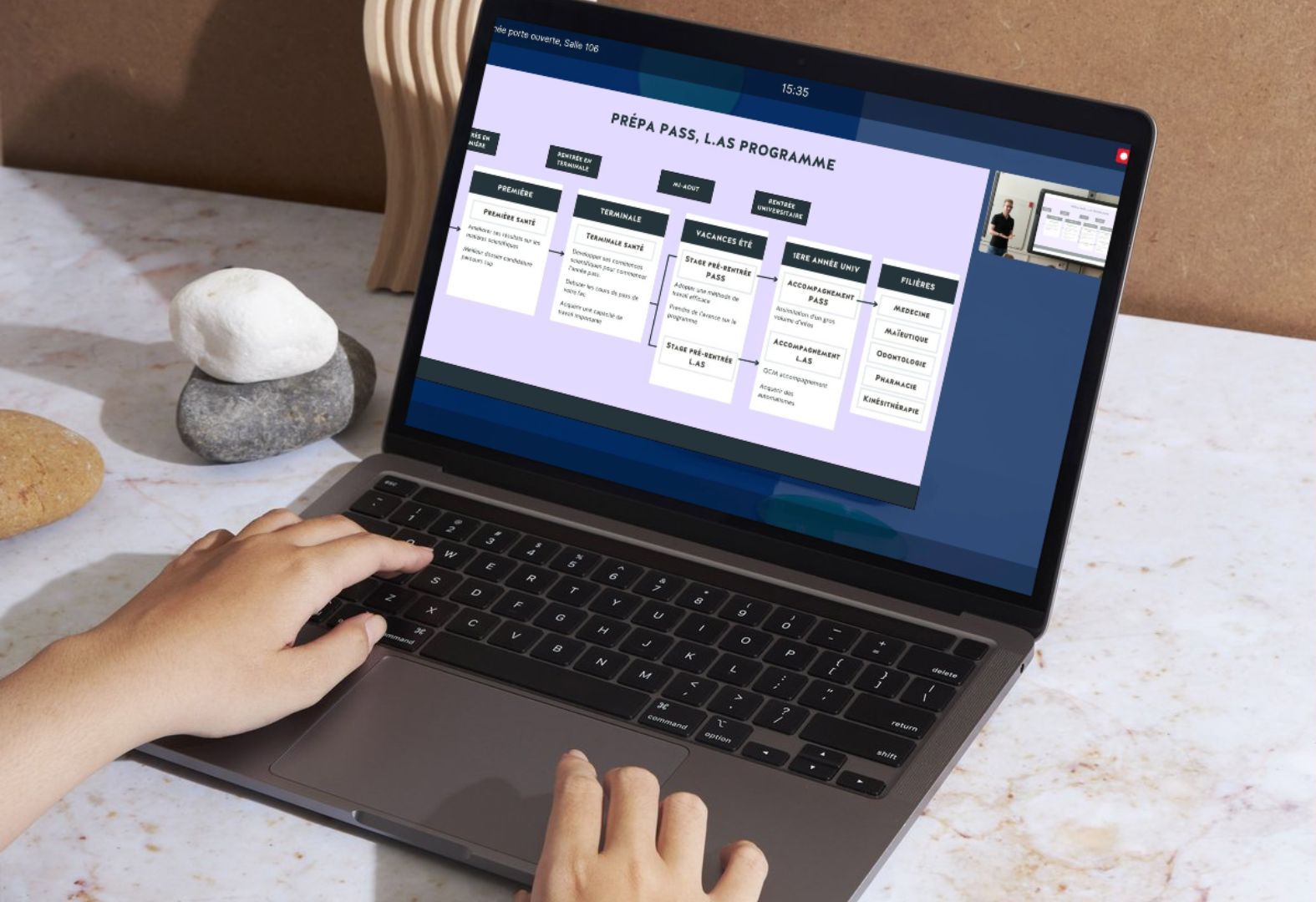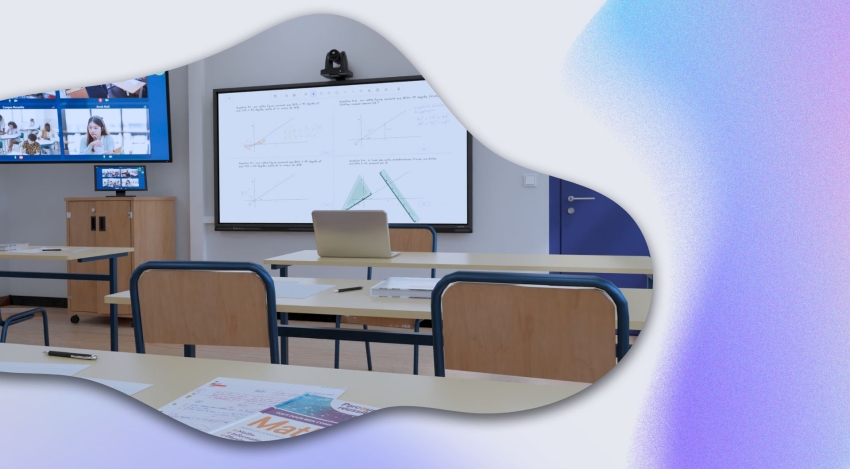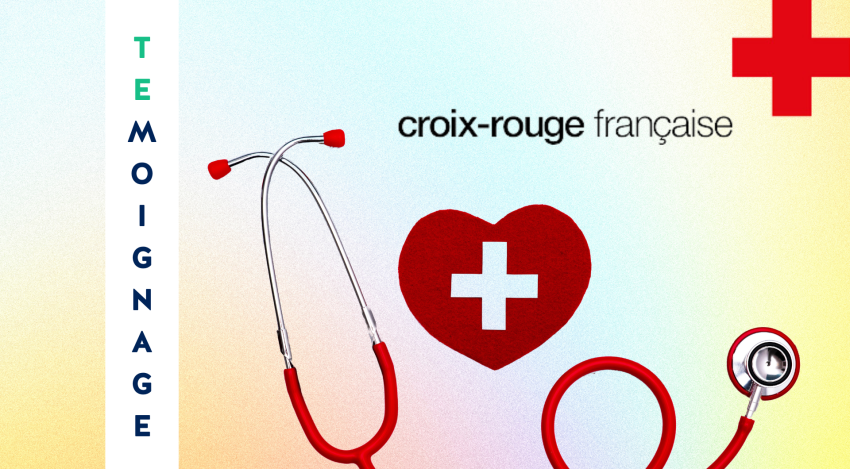

For students in the PASS (Specific Access Pathway to Health) and LAS (Health Access License) programs (in France), private medical prep courses now seem almost "obligatory" to gain access to the second year of health studies. Although medical preps are not officially required, they have become ingrained in the minds of students and their families as an essential element to maximize chances of success, especially since the elimination of repeating the first year. This pressure starts in high school, strongly influencing the orientation choices of future students, who see prep courses as a response to the increasing demands of the medical curriculum.
With the increase in the supply of private prep courses following the reform of the first cycle of health studies, their presence has intensified, not only within secondary institutions but also in university discourse. The message is clear: prep is an essential success factor, and not resorting to it would be depriving oneself of essential support in the face of ever-fiercer competition. This perception has led to a situation where, for many students, attending a prep course has become the norm, even a necessity, reinforcing the idea that success in health studies goes through this step, which is costly and sometimes unequally accessible.
In this context, medical prep courses must find solutions to meet the growing demand for support while adapting their methods to avoid exacerbating inequalities of access. The hybrid model, combining distance learning and face-to-face courses, could offer a more flexible and accessible alternative while maintaining the effectiveness of the preparation. This model, which makes it possible to increase available places without sacrificing the quality of teaching, is emerging as an innovative solution to meet the needs of a new generation of medical students.
Medical prep courses have long relied on a traditional pedagogical model, where preparation for exams was mainly done in person with intensive courses, review sessions, and regular assessments. However, with the exponential increase in the number of students wishing to access these programs, capacity has reached its limits. This situation has necessitated a reflection on new teaching methods capable of absorbing this growing demand while maintaining pedagogical effectiveness. The hybrid prep course model then appears as a promising solution. It combines the best of both worlds: the rigor and commitment of face-to-face, and the flexibility and accessibility of distance learning. This model is based on the use of digital technologies that allow for a high level of interactivity and personalization in learning, while significantly increasing capacity.
Distance learning plays a key role in expanding the possibilities offered by hybrid medical prep courses. Thanks to digital technologies and communication platforms such as online learning platforms, students can follow courses from anywhere,at any time, while benefiting from real interactive follow-up. Hybrid courses, delivered synchronously or asynchronously,are a real guarantee of flexibility for these courses in the digital age. In addition, teaching and tutorials can be recorded and accessed at any time by students to review poorly assimilated concepts during class. The flexibility offered by these online courses is a major asset for medical prep courses. It makes it possible to adapt methodologies and learning paces to the individual needs of students. As a result, courses can accommodate a larger number of students without having to push the walls of classrooms. This model also promotes accessibility and inclusion, with opportunities for students who, for logistical or financial reasons, could not participate in face-to-face sessions. For the hybrid medical prep course model to be fully effective, it is crucial to deploy adapted infrastructures and advanced technologies. It is essential that schools and prep courses transform their classrooms into true hybrid spaces, and not simply be content with adding a basic video conferencing system, which could compromise the learning experience of students.
The hybridization of teaching in a medical prep course involves the installation of a hybrid room equipped with a high-definition camera, a high-performance microphone, and an interactive touch screen, associated with an automated broadcast software: Kapture. This software connects directly to the institution's calendar to automatically launch videoconferences and publish them online to registered students, live in a synchronous manner and then on demand in an asynchronous manner. The initial investment,which varies between 4,000 and 15,000 euros depending on the choice of equipment (screen size, microphone power,camera quality), is largely recovered by the increase in the number of registrants from the first year. The hybrid room makes it possible to recreate the face-to-face experience in as immersive a way as possible, while offering the flexibility necessary for distance learning.
About the software: Kapture is a state-of-the-art techno-pedagogical solution that allows you to capture, broadcast and manage online courses in a fluid and interactive manner. This software has been designed to simplify access to educational content, by offering students the possibility to review courses at any time, interact with teachers during live sessions, and participate in assessments. In addition, Kapture allows teachers to free themselves from technical constraints by automating recurring tasks such as scheduling sessions, which can be managed manually or automatically, as needed.
Although the hybrid model offers many advantages, the organization of calendars, the management of resources, and the coordination between face-to-face and distance learning sessions require careful planning. In addition, it is necessary to guarantee pedagogical consistency between the different teaching modalities, so that students benefit from a homogeneous and complete preparation. However, the prospects offered by hybrid medical prep courses are vast. With the continued evolution of digital technologies, these courses can offer increasingly interactive and personalized learning experiences.The generalization of this model could also lead to a greater democratization of access to medical studies, allowing a larger number of students to benefit from quality preparation. Finally, the hybrid medical prep course model represents a promising response to the growing demand for enrollment in medical training programs. By combining distance learning and face-to-face courses, these courses not only increase capacity but also diversify teaching and assessment modalities.The integration of innovative software like Kapture and the implementation of adapted equipment play a crucial role in the success of this model.


